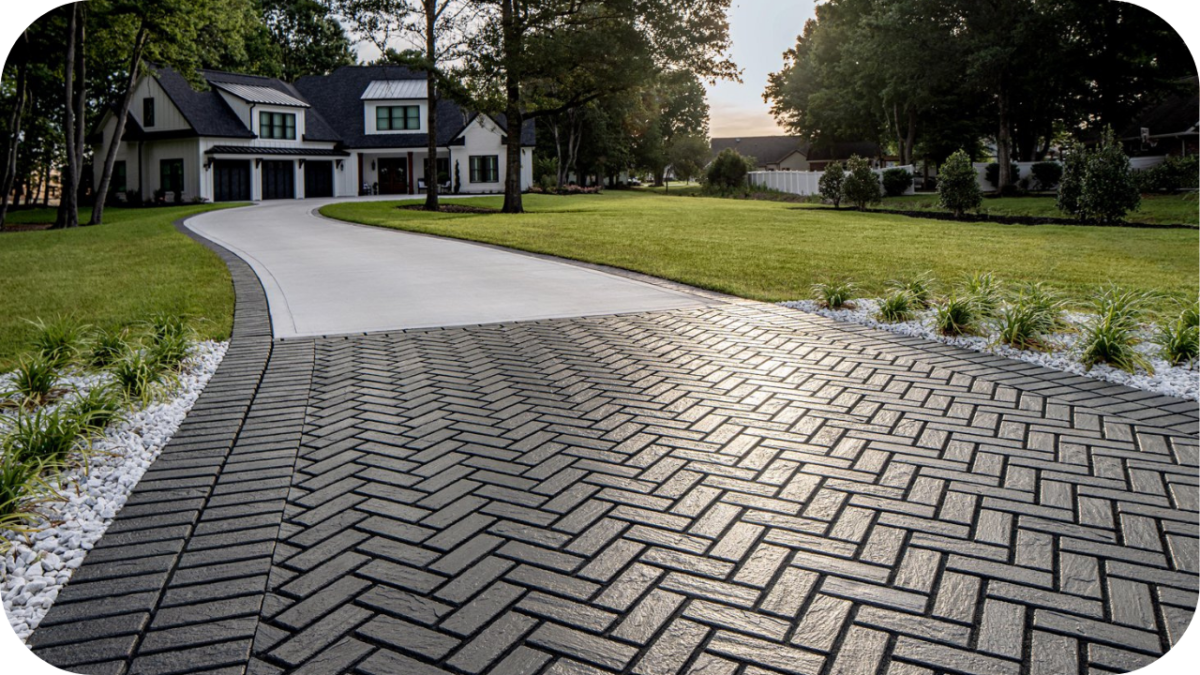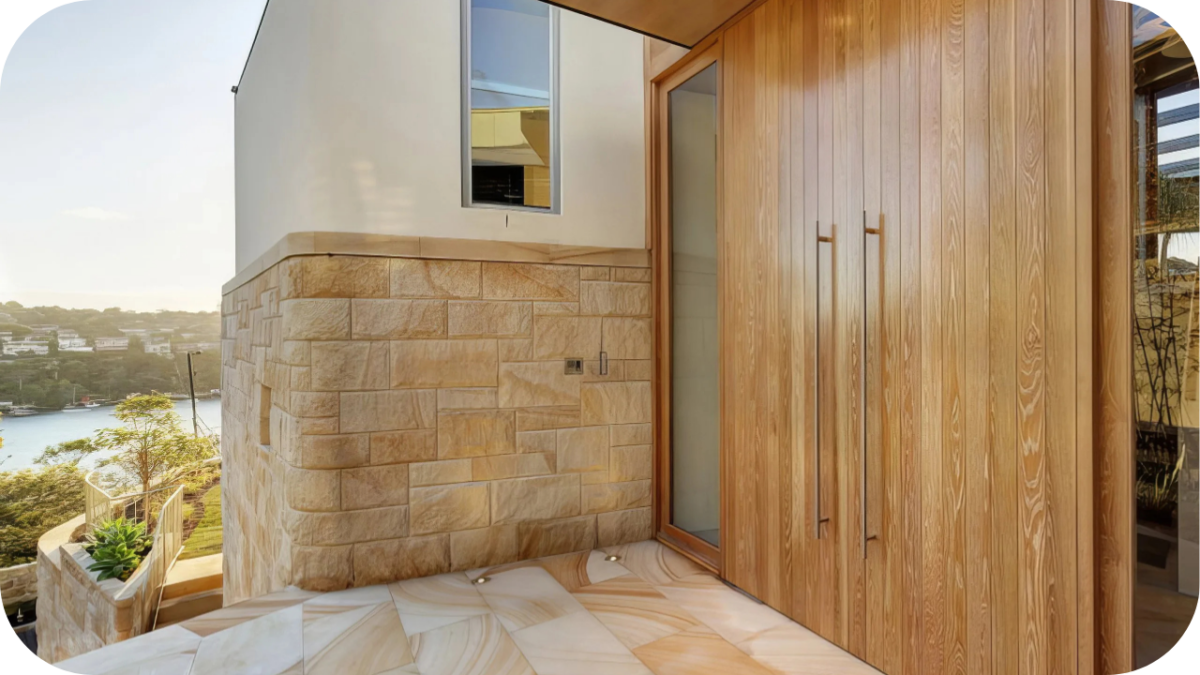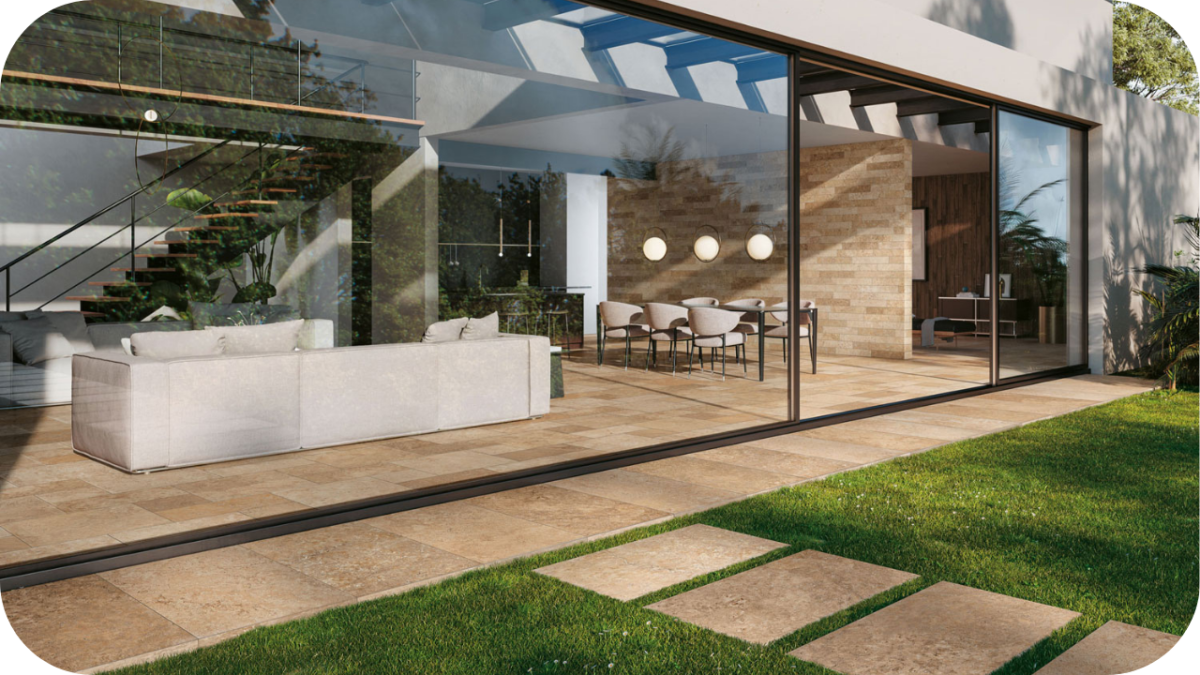Best Stone Paving Options for Landscaping Projects
Stone paving can transform any outdoor space, adding durability, elegance, and practicality to your landscaping project. However, choosing the right type of stone is more than just about looks—it affects longevity, maintenance, and even safety.
The wrong choice could lead to excessive wear, slipperiness, or costly repairs. Not all stone pavers are created equal—some are perfect for high-traffic areas, while others thrive in poolside settings.
Whether after a timeless natural look or a modern, low-maintenance option, finding the best fit for your space is crucial. Let’s explore the best stone paving options and what makes them stand out.
Best Stone Paving Options for Landscaping
The right stone paving can elevate your landscape, but which option suits your space best? Let’s break it down:
1. Bluestone Paving
Bluestone pavers are a popular choice for landscaping due to their durability and natural blue-grey tones. Their ability to withstand harsh weather conditions makes them ideal for patios, pathways, and pool surrounds. They can endure heavy foot traffic and varying climates with excellent weather resistance.
However, they are porous and require sealing to prevent water absorption and staining. Bluestone’s versatility complements modern and traditional designs, making it a timeless option for outdoor spaces.
2. Sandstone Paving
Sandstone pavers bring a warm, natural aesthetic to any landscape with their earthy hues and textured surface. Known for their excellent drainage properties, they are ideal for garden paths, courtyards, and outdoor entertaining areas.
While sandstone is easy to work with, it is a softer stone, making it more susceptible to wear over time. Regular sealing can help protect against erosion and staining, ensuring long-lasting beauty in outdoor environments.
3. Granite Paving
Known for its strength and longevity, granite is one of the most durable paving stones, making it perfect for high-traffic areas such as driveways and walkways. Its dense composition resists scratches, stains, and weathering, providing long-term durability with minimal maintenance.
Available in various finishes, including flamed and polished, granite pavers can suit different design styles. Although slightly more expensive than other options, their strength and longevity make them a worthwhile investment.
4. Limestone Paving
Limestone pavers offer a refined, elegant look with soft, neutral tones that blend seamlessly into landscaping designs. They are ideal for patios, pool areas, and alfresco spaces.
However, limestone is porous and requires sealing to prevent moisture absorption and discolouration. With proper care, limestone pavers provide a sophisticated and timeless touch to any outdoor setting.
5. Travertine Paving
Travertine pavers are a luxurious choice, known for their distinctive textured surface and natural holes. Their ability to remain cool underfoot makes them perfect for poolside areas and patios.
Available in shades of beige, cream, and silver, travertine adds an upscale feel to any landscape. Though durable, it requires occasional filling of natural pores and sealing to maintain its structure and prevent staining.
6. Porcelain Paving(Modern Alternative)
A modern alternative to natural stone, Porcelain paving offers a sleek and contemporary alternative to natural stone. Engineered for durability, they are highly resistant to stains, scratches, and moisture, making them a low-maintenance choice for outdoor spaces.
With a consistent finish and a wide range of colours and textures, they can mimic the appearance of natural stone while offering superior performance. Their non-porous nature makes them perfect for patios, terraces, and pathways with minimal upkeep.
Factors to Consider When Choosing Stone Paving
Choosing the right stone paving impacts durability, aesthetics, and long-term maintenance. Here are key factors to consider:
- Durability & Weather Resistance: Some stones, like granite, withstand heavy traffic and extreme weather, while others, like sandstone, need more care.
- Maintenance Requirements: Porous stones require sealing and regular cleaning, while porcelain is a low-maintenance option.
- Aesthetic Appeal: Consider texture, colour, and finish to match your outdoor space’s design.
- Cost & Installation: Some stones are easier to cut and install, while premium options like granite may have higher upfront costs.
- Weight & Structural Compatibility: Ensure the chosen stone suits the surface on which it will be installed, especially for elevated areas.
- Wear Resistance: Some surfaces wear down faster in high-traffic areas, requiring additional sealing or texturing.
- Eco-Friendliness: Consider sustainable options or stones sourced responsibly to reduce environmental impact.
- Heat Retention: Travertine stays cool underfoot, making it great for pool areas, while darker stones like bluestone absorb more heat.
- Colour Longevity: Some stones, like limestone, can fade over time if not sealed properly.
- Availability & Lead Time: Check stock availability and delivery times, especially for large-scale projects.
Installation & Maintenance Tips for Stone Paving
Proper installation and maintenance ensure your stone paving remains durable and visually appealing for years. Follow these essential tips:
Installation Process for Stone Paving
Proper installation is crucial to ensuring the longevity and stability of stone paving. Follow these key steps:
1. Plan and Prepare the Site
Mark the area where the paving will be installed. Remove any grass, soil, or debris to create a level foundation. Ensure the space is measured correctly to avoid misalignment.
2. Excavate and Lay the Base
Dig to the required depth (typically 100–150mm) to allow for a solid foundation. Spread and compact a crushed rock base, followed by a layer of sand or mortar, ensuring proper drainage.
3. Lay the Pavers in Your Desired Pattern
Arrange the stone pavers according to the chosen pattern, leaving small gaps for jointing material. Check alignment frequently and use a rubber mallet to adjust uneven pavers.
4. Fill the Joints and Compact the Surface
Use sand, polymeric sand, or flexible grout to fill the joints and stabilise the pavers. Compact the entire surface with a plate compactor or manually press down to ensure even placement.
5. Seal the Paving (If Required)
For natural stone pavers like sandstone, limestone, and travertine, apply a high-quality sealant to protect against moisture, stains, and weathering. Allow the sealant to cure before use.
Adapt Maintenance to the Stone Type
Each type of stone paving requires a tailored maintenance approach to preserve its appearance and durability:
- Granite: Extremely durable and low-maintenance. Occasional sealing enhances stain resistance, but it’s naturally tough against wear and weathering. Regular sweeping and water rinsing are usually enough.
- Bluestone: Requires sealing to prevent water absorption and colour fading. Clean with mild soap and water to avoid surface deterioration. Avoid acidic cleaners as they can etch the stone.
- Sandstone: Highly porous and prone to erosion. Needs frequent sealing and gentle cleaning with pH-neutral soap. Pressure washing should be done cautiously to prevent damage.
- Limestone: Susceptible to staining and moisture absorption. Requires sealing to maintain its integrity. Avoid acidic or harsh chemical cleaners, as they can weaken the stone.
- Travertine: Naturally porous with small holes that may need filling over time. Sealing is essential to prevent staining. Clean with warm water and mild soap to preserve its finish.
- Porcelain Pavers: The easiest to maintain. Stain-resistant and non-porous, requiring no sealing. Simple cleaning with water or mild detergent keeps them looking new.
Conclusion
Enhance your landscaping with high-quality stone pavers that combine durability and elegance. Whether you’re upgrading a driveway, garden path, or pool area, Splendour in Stone offers a wide range of natural stone solutions to suit any project.
Our expert team is ready to help you find the perfect paving option for your space. Don’t settle for less. Invest in stone that lasts. Visit Splendour in Stone today and bring your vision to life!





